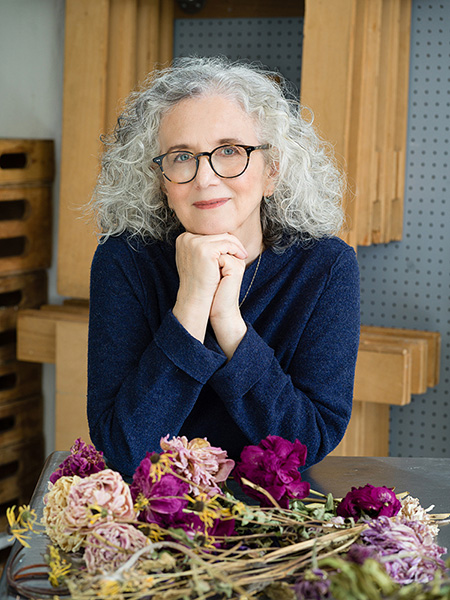Beth Galton is a photo-based artist, with an educational background in the natural sciences and three decades of experience as a professional photographer in the editorial and commercial arena. These elements of her history are the lens through which she explores the world.
Her work has been recognized by organizations including Graphis, Communication Arts, the Tokyo International Foto Awards, Julia Margaret Cameron Award, IPA Awards, AAP, and the PDN Taste Awards.
The
Cut Food series was exhibited in Montpellier Contemporain, Aperture, and Beth Urdang Gallery. It was part of ‘The Fence’, a 7-city, traveling outdoor exhibition, it was published in the
Washington Post, and covered by NPR. Both
Lenscratch and
Rfotofolio picked up the Memory of Absence series.
Additionally,
A Vita Plantae, and
Memory of Absence have been exhibited at Wave Hill, Soho Photographic Gallery, The Center for Fine Art Photography (CO), The Center for Photographic Art (CA), The Florida Museum of Photographic Arts, Griffin Museum of Photography, Praxis Gallery, and SE Center for Photography.
The
Washington Post recently published Beth’s work from her series Covid Diary, a document of her time in confinement.
About Cut Food
"What started as a ubiquitous burrito shot, turned into an exploration of iconic food through a fresh perspective. We chose subjects which we felt were symbols within our Western food culture, and sought to move past the normal “appetite appeal” to look deeply and with curiosity into them. My intention was to give the ordinary a sense of magic show quality. Real, but also astonishing."
About A Vita Plantae
"This collection explores the relationship between art and science in a three-part series of organic images: Roots, Potato Love, and Time Preserved. These images seek to reveal some of the long-hidden truths of plants: their movement and grace, the nature of time, and the almost unbearable fragility of life. "
About Memory of Absence
"In 2017, my mother and father—who had not lived together for 50 years, died within 3 days of each other. In this series, I sought to convey a sense of memory and loss through the composition of found ephemera and botanical matter. The volatile botanicals represent the ever-changing nature of memory —an unstable and profoundly unreliable process."
